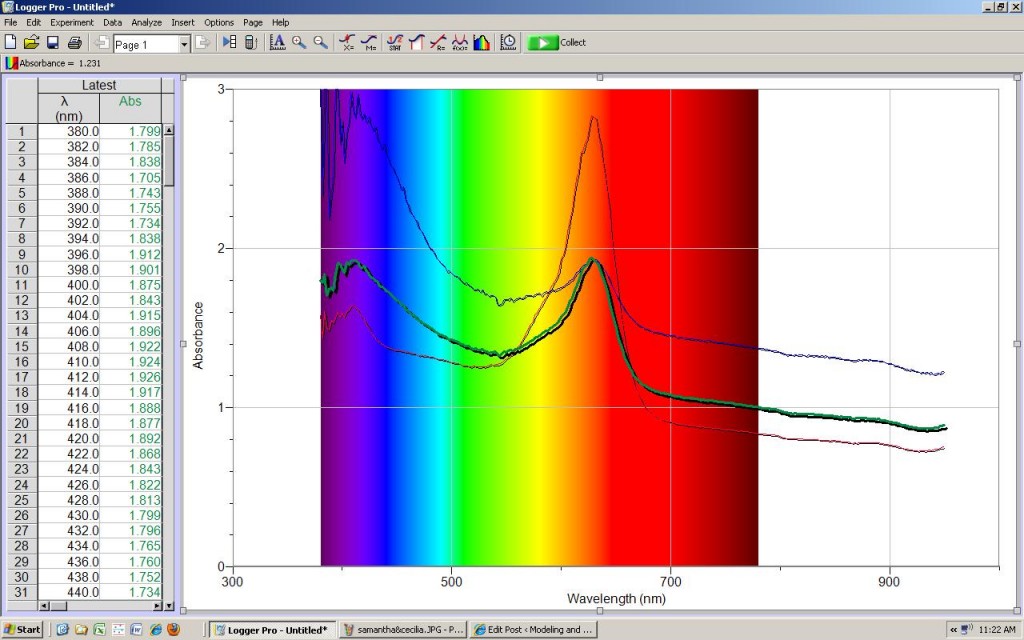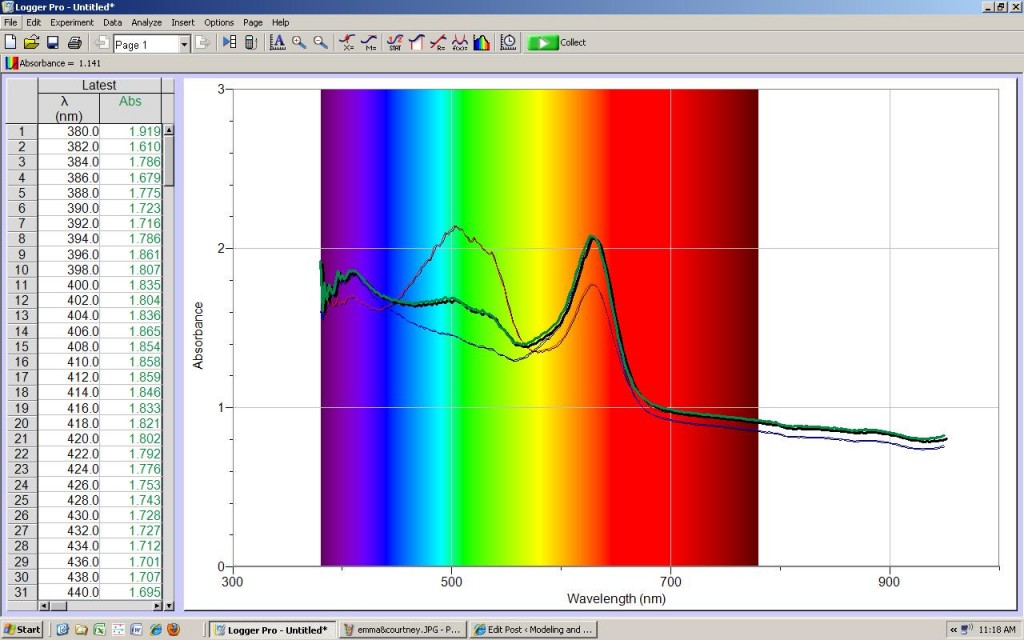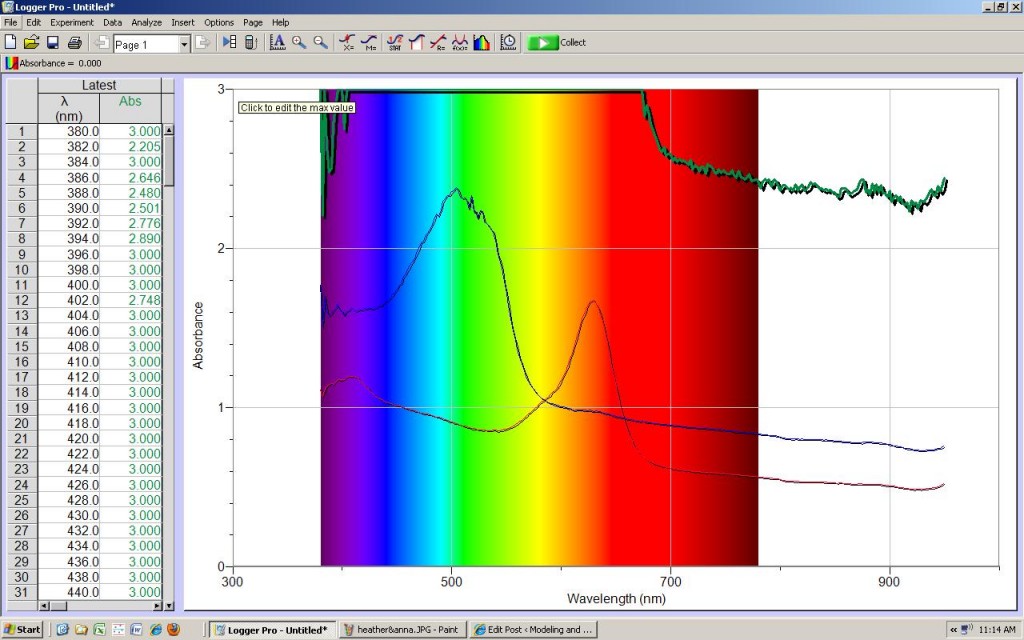In this post, I will discuss the results of the final data, what I learned, and suggestions for further work.
I began by using one of the most fundamental and well known laws in electromagnetism: Gauss’s Law. It allows for the relatively simple modeling of electric fields of various geometries, where the direct formula for the electric field would have been difficult, if not impossible, to use.
I used this law to derive some the electric fields of some more common physical geometries dealt with in undergraduate physics, which the exception of one configuration: the electric dipole. Through this process I not only re-affirmed my knowledge of the principals involved but learned how to communicate them in an effective way. I then used Mathematica to model the derived electric fields to provide a visual representation.
This was particularly challenging as I do not had a significant background with computer programing at all, let alone with Mathematica. From this work I significantly improved my working knowledge and understanding of this software, not only through the programing but through explaining what was being done throughout the code.
The final results displayed how the electric field of the particular configurations of a sphere, cylinder and ideal dipole work and these results agreed with known models. The basic principles showed that electric fields point away from positively charged objects and towards negatively charged ones, which is most clearly seen in the model of the dipole.
Further work with this topic ideally would include the modeling of more complex systems, such as multiple spheres or cylinders of varying charge or charge densities. It would also be interesting to compare the magnetic field configurations of similar objects, which unfortunately was not able to be done as originally planned due to limitations of Mathematica and available working material.







